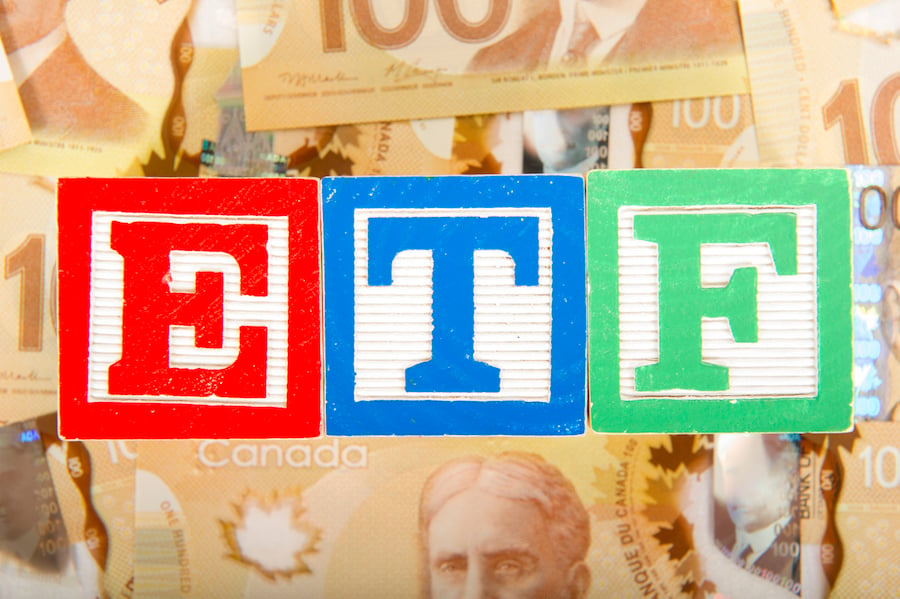If you're fond of exchange-traded funds, you're in good company — garden-variety mutual funds find them useful as well.
“Open-end funds are such a huge distribution channel for ETFs,” said
Adam Patti, CEO of IndexIQ, which launched a pair of ETFs last week. “They make it so much easier to get exposure to areas that were once much more difficult to get.”
Consider SPDR S&P 500 (SPY), which has more than 1,200 open-end mutual funds as shareholders, according to Morningstar. Long-short equity funds such as TCW/Gargoyle Dynamic 500 (TFDIX), for example, invests almost entirely in SPDR S&P 500 and sells short-term, out-of-the-money call options against its holdings. The fund had 99.3% of its assets in SPY at the end of March, the latest data available from Morningstar.
SPDR S&P 500, the largest ETF on the market, isn't the only ETF with lots of open-end fans. Salient Tactical Growth C (FTGOX), for example, another long-short fund, had 25.79% of its assets in PowerShares QQQ (QQQ), which tracks the Nasdaq 100 stock index. The fund had a similar weighting in SPDR S&P 500.
Similarly, Neuberger Berman Uncontstrained Bond (NUBAX) had a net 57.96% of its portfolio in iShares iBoxx $ High Yield Corporate Bond (HYG), and Midas Perpetual Portfolio (MPERX) had 30.73% of its assets in SPDR Gold Shares (GLD).
ETFs are also favorites of
asset-allocation funds, and sometimes in a big way. USAA Managed Allocation (UMAFX), for example, invests primarily in ETFs, with more than 80% of its portfolio in four ETFs.
Funds may also use ETFs to invest cash inflows quickly, and may leave just as quickly. Goldman Sachs Emerging Markets Equity Insights (GERAX), for example, had a 4.84% stake in the Vanguard FTSE Emerging Markets ETF (VWO) at the end of January, as emerging markets surged. And Voya Diversified International A (IFFAX) had 13.02% of its assets in iShares MSCI EAFE (EFA) as of the end of March.
Some of those stays are becoming increasingly short-term. In the first week of May, iShares iBoxx $ High Yield Corporate Bond ETF saw $2.8 billion in outflows — the most ever by any bond ETF, two times over, according to
Bloomberg. The fund's weekly trading volume: $7 billion, which was also more than any bond ETF.
Most of those inflows and outflows were from other mutual funds and institutions, including Goldman Sachs Group Inc., JPMorgan Chase & Co., Fisher Asset Management, Soros Fund Management, Citadel, Dow Chemical Co., Guardian Life Insurance Co., Harvard's endowment, pension funds from New York, New Jersey and Texas, and even Sweden's government, according to public filings. “Big funds are well aware of the advantages of ETFs,” Mr. Patti said. “They make it easier to run the portfolio.”







